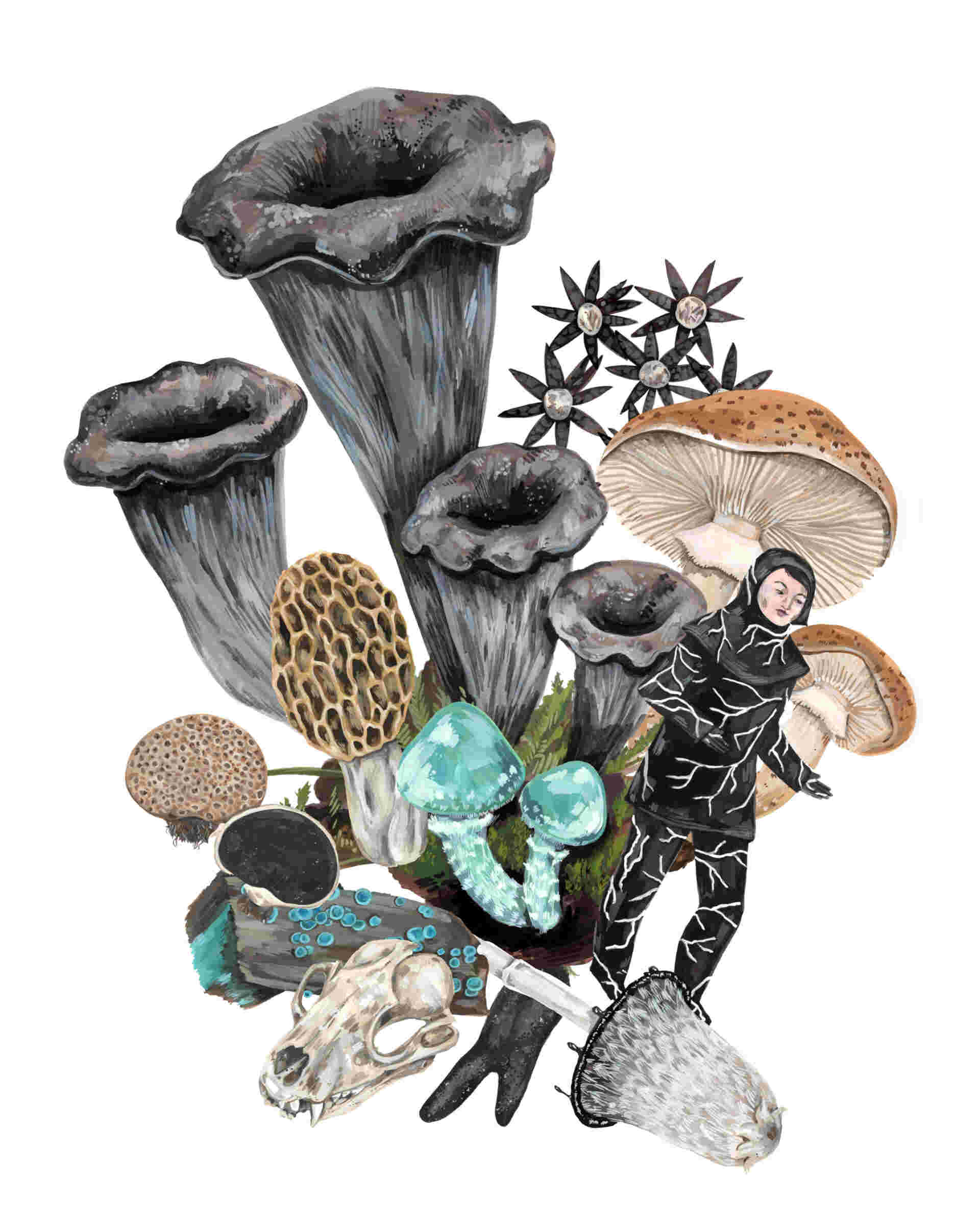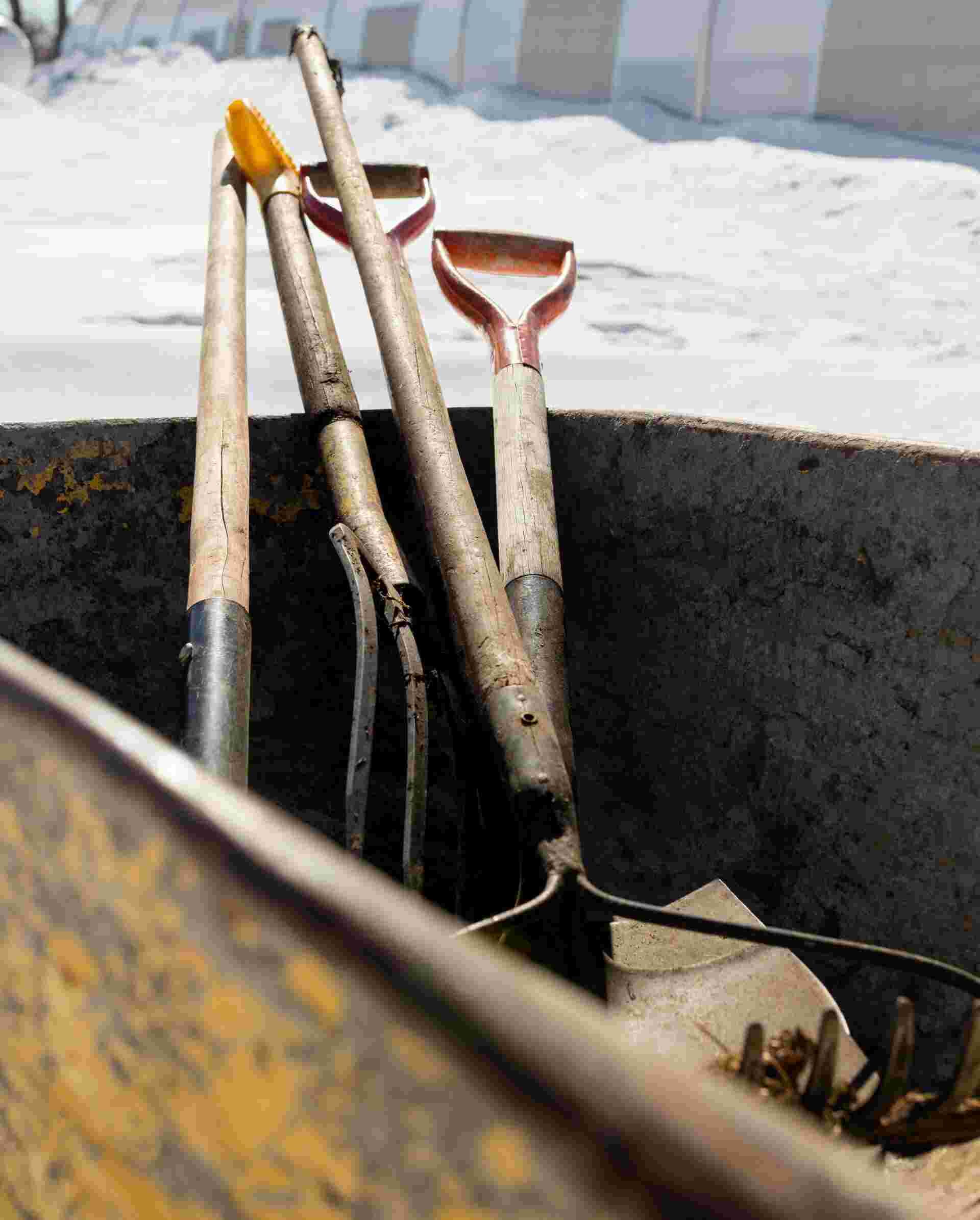
Hidden Kingdom
The Conversation On mushrooms, interdependence and artists’ role on the sustainability front.
PHOTO BY Dylan Leeder

This year marks the 10th anniversary of Block. From the onset, the magazine has been a celebration of creativity and community—all the diverse people and industries that rub up against one another in chaotic-yet-harmonious fashion in our cities (and in Allied’s buildings). Ten years later, this is still Block’s mandate, and it’s worth maintaining—along with something else.
Sustaining our planet—our ways of living and thriving—may be the biggest project of our collective lifetime. While tactics like installing solar panels and recycling plastics are still vitally important, sustainability has permeated our rituals and routines and has found expression in new and entirely creative ways—beyond what we could have previously imagined. That’s why this issue of Block focuses on the many ways sustainability is being tackled by creatives and creative enterprises today—for the benefit of the next decade and beyond.
Take our cover subject, Ed Burtynsky (The Moment, p. 10), whose career spent photographing landscapes manipulated by human industry has culminated in a reframing of our current epoch—the Anthropocene. Then there’s Julius Lindsay of the David Suzuki Foundation (The Business, p. 16) and the team behind Calgary’s Highfield Farm (The Creator, p. 26), who are enacting climate action in our cities, impacting the very soil underfoot and involving multiple levels of government. And, finally, in a brand-new section in the magazine that encourages readers to do-it-yourself, vegetable chef Matthew Ravenscroft (The Blueprint, p. 50) teaches us how to, simply, in our everyday lives, give second life to so-called “organic waste.”
Allied was built on the idea that knowledge-based industries, “new ideas,” as Jane Jacobs said, “must use old buildings.” Sustainability is core to Allied’s purpose, and it’s expressed not just through natural lighting, high-performance building systems, roof gardens and apiaries but in the very fabric of the enterprise, because, invariably, the most sustainable building is the one that’s already built.